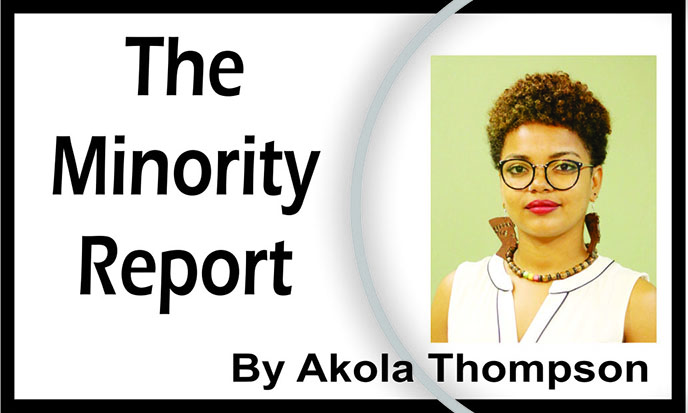Mulatto, dougla, buffiana, blasian – there are many words that are used to describe the Black mixed child. It was not so long ago when social orders stood firmly against miscegenation that these children would be considered persona non grata. Today, the mixed Black child is portrayed as a mythical creature with powers to cure racial disharmony.
We all know the popular calls to douglarize the nation or make mixed babies to end racism today. Chances are that you’ve been one of those sounding the trumpet for mixed relationships as you see them as being revolutionarily necessary in times of such unease. Coming out of a history of illegality and rejection, the push for the Black mixed child is steadily increasing. Persons believe that in mashing together distinct lives and cultures, they can play a part in achieving the colorblind future they have long envisioned; a future where racial lines are so blurred and ambiguous that they have no bearing over the lives of their children. It is a nice thought but it is not a thought based wholly on reality. Mixed children will not deliver us from ethnic anxieties towards each other just like how centuries of enslavement that birthed mulatto children did not change the anti-Blackness in our society, but rather solidified other systems of anti-Blackness such as colorism.
White supremacy is insidious and manifests itself in dangerous ways. All the push for the mixed Black child buys into is white ideals of perceived beauty and respectability. While these children can often fit into the accepted standard of beauty and can benefit from this, they are not immune from experiencing the structural racism that comes with their Blackness. The idea is though, the further removed from Blackness one is, the better chances they have of getting a proper education, jobs and benefitting from white power systems. This is certainly true as those who adhere more closely to white ideals are readily more able to secure high paying jobs, higher education, access loans etc. but the complexity of Black lineage does not always make it so cut and dry.
We bandy past the identity struggles these children have to contend with and the often hostile mixed race family dynamics and social environment in which they are raised. Rather than subverting racism, the portrayal of the mixed Black child as possessing superpowers for racial healing directly plays into racism and anti-Blackness. This push for the mixed child did not occur outside of the scope of our fiercely race and class conscious society. There are a lot of moving parts and rationales behind the push for mixed children and certainly love is amongst these, but it is often not the dominant reason.
One can frequently come across Black persons who have internalized anti-Blackness to such a degree that they do not want to have relations with fellow Black people because they do not want their children to have “Black skin, Black hair, Black nose.” They seek out partners who they believe will reward them with a child that deviates from perceived standard Blackness. Driving all of this is the standard image of what the mixed Black child should look like. They have Eurocentric features; light skin, light eyes and curly hair. But not all mixed children fit this narrow standard and often find themselves facing rejection from their families. This is because the entire idea of the mixed Black child is to remove them further from Blackness and towards a look that is racially ambiguous. On the flip side, there are white and non-Black people of colour who see in Black partners, a chance to create “exotic” children who will bring them closer to Blackness and protect them from charges of being anti-Black.
Many actively weaponize their proximity to Black-ness as an excuse as to why they cannot be racist. We see it frequently how people would utilize their friends, family members and partners to suggest they are a Black ally or are equipped to speak on behalf of the Black experience. They believe that their proximity to Blackness somehow makes them exempt from racism. It would be a much simpler world if persons were truly able to compartmentalize their lives in such a way that they would never have friends, family or partners of other races or classes – simple in the sense that it would take away a lot of the pretensions we continue to see today. But people do not live non-binary lives and many are able to work with, befriend and even love those from varying ethnicities while harbouring anti-Black stereotypes, thoughts and actions against them and others.
While the look of our population is steadily changing, the ethnic fears and unease still remain a featured part of our society. The unions we form should be based on mutual respect and understanding of distinct cultures rather than surface level tolerance. We must too be self-aware of the white ideals we continue to place on ourselves, others and future children.


